First, what is TPP? The adult is a 2-3mm long flying insect which was accidentally introduced to NZ in 2005 or 2006, probably by plant smugglers. It has since spread rapidly through out the country, destroying crops. It is easily wind-borne and overwinters on such plants as convolvulus, tamarillos and nightshade. The bugs don't stay still and can be very hard to spot - they become airborne as soon as you disturb the plant. They look much like a teeny cicada, with a white stripe on their backs.
On the positive side, by late in the season last year, my tomatoes were covered in ladybirds of several species and their larvae, along with lacewing larvae, all of which were munching on the TPP larvae. Too little, too late last year, but I do have some hope of being able to build the beneficial population enough to be a greater anti-TPP force earlier in the season, one day. Here's a pic of a lace-wing larvae ("aphid-lion") from my plant last year, with a psyllid in it's jaws.
FAQ's & Further Info
Within a very short time of identifying TPP, all the plants got blight. In the case of one Roma bed, it was literally overnight - one day the plants were looking good, and the next they looked awful! I pulled that entire bed out right away.
Meanwhile, I wanted to persevere with the bed of Moneymakers etc, hoping to at least have the existing fruit ripen and be able to be used, and decided to keep on with the other two beds of tomatoes too. I sprayed them all with a combination of neem and pyrethrum weekly as recommended, removed blight affected leaves, and also sprayed with a milk solution for the blight. Really, it seemed to make little difference. In the end, I did get fruit off the Tiny Tim and Moneymaker bed plants, and a few from the Roma bed, but none of them tasted the same, and in hindsight it was mostly a waste of time and effort. Here are some photos - taken on 7th January, 12th February and 27th March 2014, of the bed with the Moneymakers, Cocktail and Silvery Fir Tree plants (you can see the young Romas in the bed behind in the Jan pic, looking good). You can see how the plants collapsed - in Jan they were healthy (pic taken the day before I identified TPP in my potato bed), by Feb, the Silvery Firs have collapsed and died, and the only healthy-ish green leaves remaining on most of the other plants were close to the top of the plant. By March they were pretty much in full collapse, held up only by the stakes so I could take off the remaining fruit.
Consider ways to avoid the peak of the TPP season (warm summer months) by growing early crops if possible. However, that may not work in more southern areas, especially in less friendly spring seasons. I'm 2 hours north of Wellington - this season I sowed seeds of Sub Arctic Plenty, supposedly the world's earliest tomato at 50 days to fruiting, in the first week of August in the greenhouse, and as I write this in early January, the plants have fruits, but only the very first one has ripened on any of the plants.
Consider investing in micromesh to cover your crops - which in the case of tomatoes may take some modification of the way you usually stake or cage them.
Alternatively, grow your nightshade plants in a greenhouse where the temp reaches at least 35-37C for 2-3 hours most days - this will destroy psyllid eggs and prevent the crops from becoming infested. (See below update on infested plants this year)
Update: While my garden was infested with TPP that season, including chilli plants and kumara right outside the greenhouse, my 25 tomato plants inside the greenhouse were untouched, DESPITE THE UNSCREENED DOORS AND WINDOWS BEING OPEN ALL SUMMER! It turns out that temps of 35-37C for 2-3 hours a day will severely knock back or even destroy psyllid eggs, and so they were never able to establish themselves on those plants since my greenhouse got at least that hot more days than not.
Meanwhile, of course, I will continue to encourage beneficial populations, reduced convolulus and nightshade weeds as much as possible, and look out for new ideas and information.
Update: I ended up growing tomatoes and potatoes deliberately only in the greenhouse in the 2015/2016 summer (because I knew the temps would protect them from TPP - see above). There were some self-sown specimens of each in the garden, however, that I left to grow to see what would happen. For some reason, though, we had NO TPP that season here, despite heavy infestation the previous 3 seasons! Other local gardeners noticed a great reduction in populations too, though most still did have the bugs, though later in the season than usual. Why? I don't really know - but I'm putting it down to a much colder and longer than usual spring, and not very warm summer. Which was not good news for those of us wanting to grow pumpkins and other long-growing warmth lovers, but from a TPP point of view, it was great! Or maybe we've all become more diligent about removing winter hosts such as nightshade and convolvulus weeds. Or something. Either way, it was good; will be interesting to see what happens in the summer of 2016/2017!

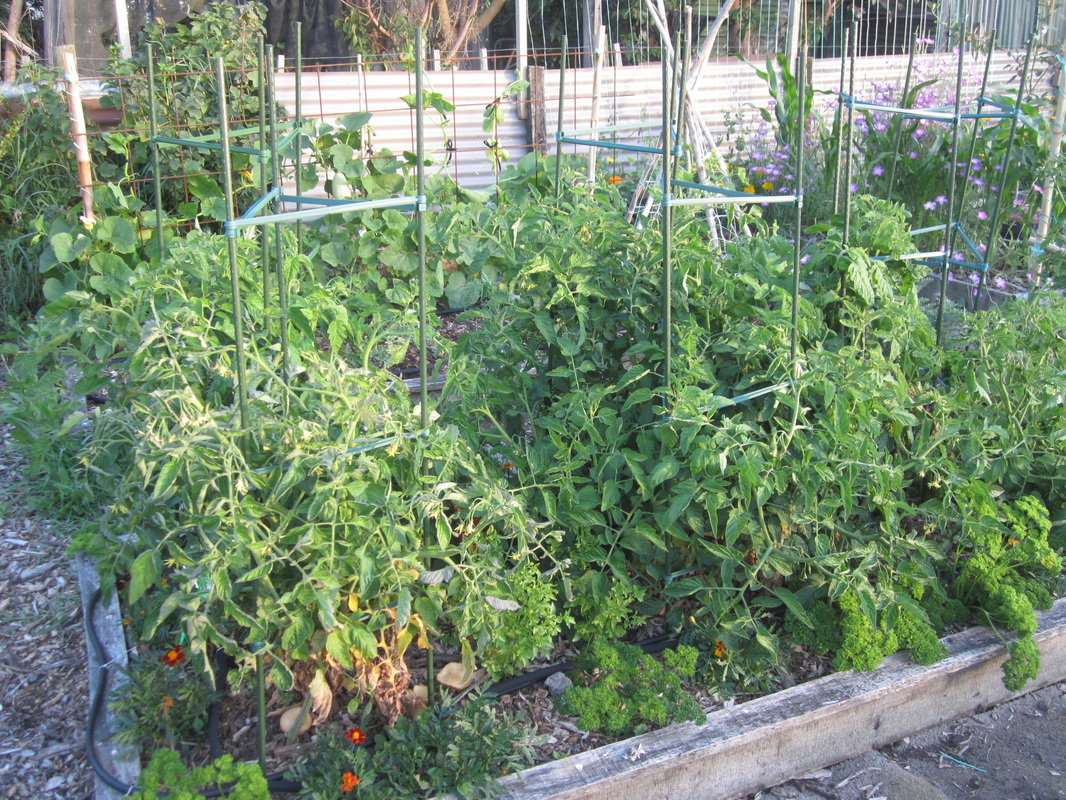

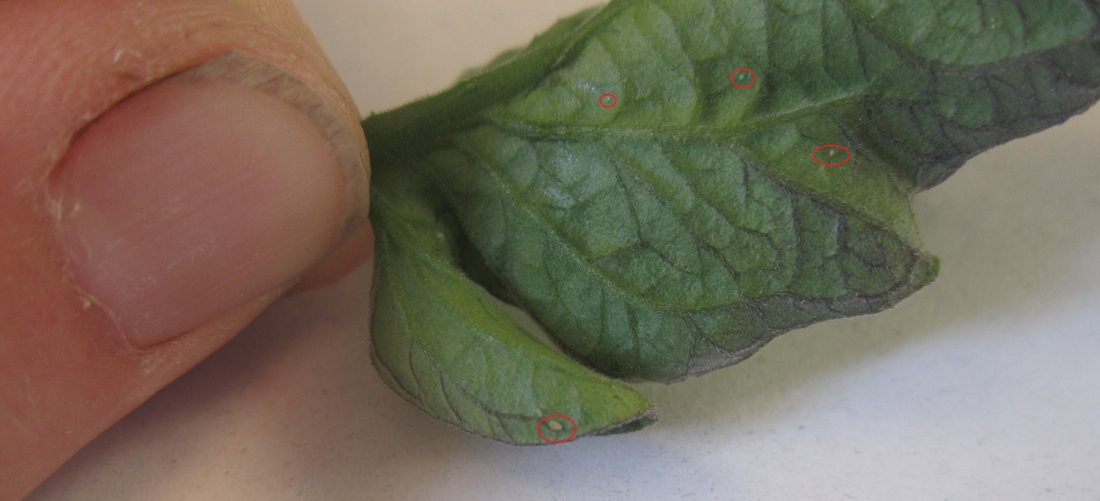




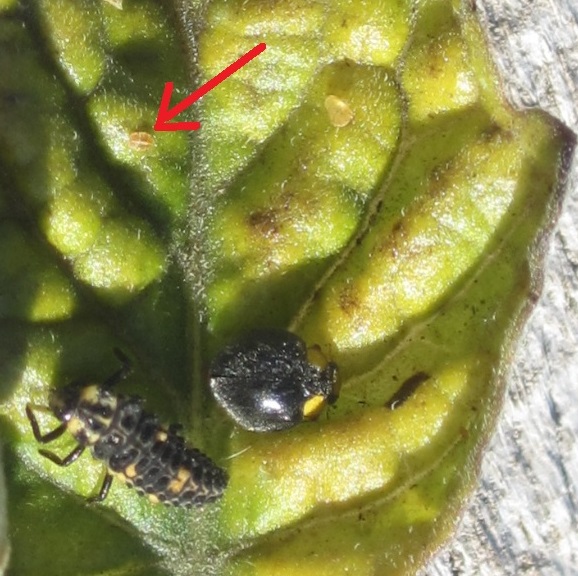

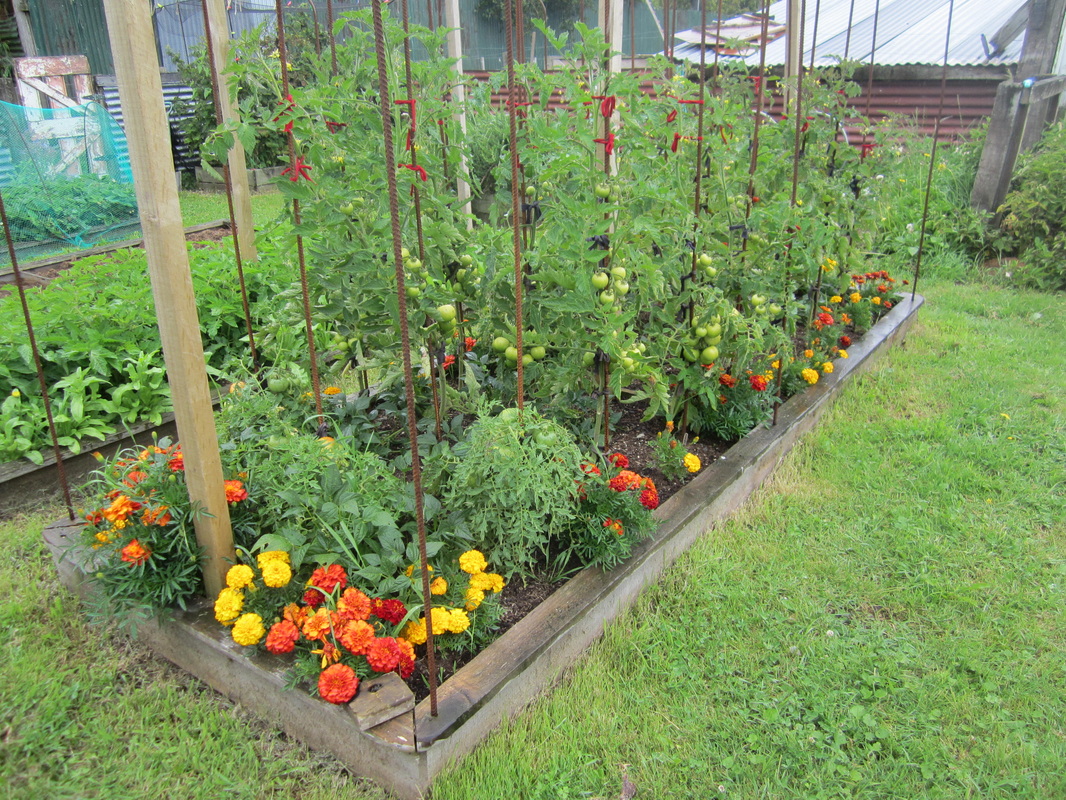
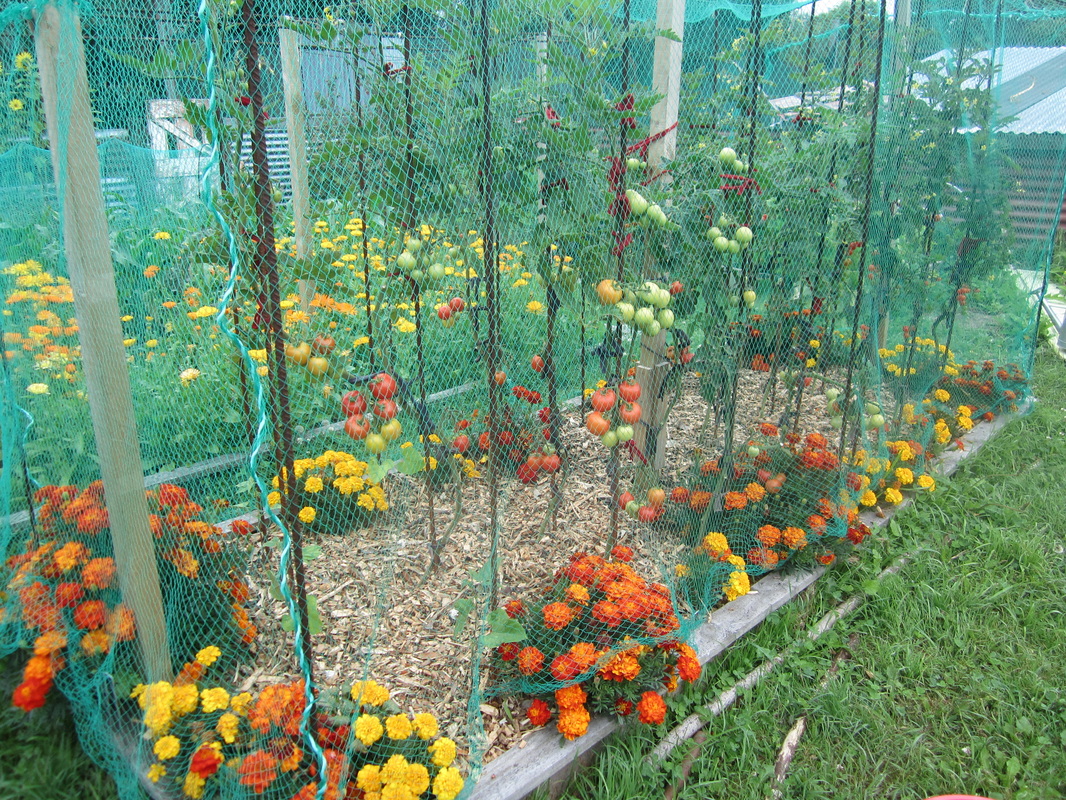

 RSS Feed
RSS Feed
